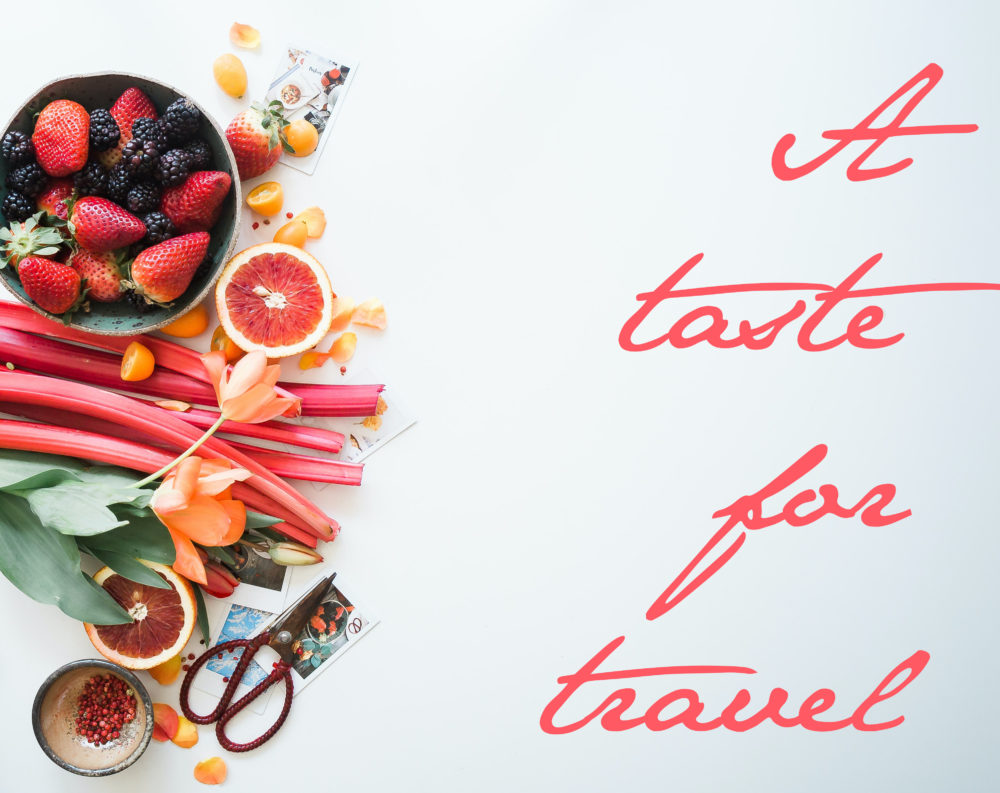
Photo by Alessio Roversi, Unsplash
The island nation of Japan has shared many of its cultural hallmarks with the world: the artistic creation of sushi, the adoration of sakura and the fun and frivolity of karaoke. But there’s one love a little less familiar to the rest of the world that flourishes within Japan’s borders: sumo.
The history of sumo in Japan dates back to 23 BCE
Like jujitsu, karate, judo and aikido, sumo is a martial art. But unlike the others, the rikishi (aka sumo wrestlers) are an elite group of athletes. Japan is the only country where sumo is practiced professionally. Rooted in religion and tradition, sumo, which means “striking one another” dates back to 23 BCE, making it one of world’s oldest sports.
Evolving from an agricultural prayer ritual for a good harvest, sumo’s earliest incarnation as a sport was as a wrestling competition to entertain the emperors, often resulting in one competitor’s death.

Photo by Bob Fisher, Unsplash
In the Middle Ages it became part of the military training of the samurai. While in the Edo period, the Japanese briefly banned sumo before allowing it again in Osaka and Kyoto. Emperor Meiji, who ruled Japan from 1867 to 1912, is credited with restoring the interest in sumo. He did so by organizing a tournament in 1884, and encouraging the creation of a professional organization to oversee the sport.
How heavy is a sumo wrestler?
Bigger is better in sumo with the average weight of a professional competitor being 366 pounds. There are strict rules for athletes. These include a focus on gaining weight, growing their hair for the perfect top knot, daily practice and two meals a day including a large traditional lunch of chankonabe, a hearty stew of fish, chicken and meatballs, followed by a nap. Sumo wrestlers live communally in a stable, managed by the oyakata (boss), a retired wrestler. There are currently 54 stables in Japan.
Sumo wrestlers stake their claim within the clay and sand ring. Tossing salt before trying to force their opponent to the ground or outside of the ring with their sheer strength. In the 21st century there are six honbasho (professional tournaments) a year; one each in Osaka, Nagoya and Fukuoka, and three in Tokyo, with each tournament spanning 15 days. Wrestlers compete once a day, each hoping to rise through the ranks of six divisions to become one of the makuuchi, the top division of 42 wrestlers.

Photo by Alessio Roversi, Unsplash
The sumo season culminates with the Fukuoka Grand Sumo Tournament every November. Like Lebron, McDavid, Brady and Messi, the name to know is Takakeisho. A man in the spotlight of his sport, a 13-2 winner in Fukuoka and hoping to be crowned the next yokozuna (grand champion).
We find much of Japanese culture around the world. But sumo is one tradition which continues to reign supreme only on this Pacific island.
Curious about other lesser-known cultural experiences? Check out:
5 Weird Museums That Celebrate Everything From Selfies to Cup Noodles
Ghostly Encounters of the Luxury Kind: 5 Haunted Hotels Around the World
Waheeda Harris
Latest posts by Waheeda Harris (see all)
- 2 Memorable Dining Experiences on Prince Edward Island - October 29, 2021
- Discover the World of Sumo, One of Humanity’s Oldest Sports and a Uniquely Japanese Tradition - January 21, 2021
- 7 Luxury Island Resorts for a Serene and Totally Private Experience - October 29, 2020
- A Japanese Tea Ceremony is a Cultural Reminder to Be Present - February 25, 2020
- Island-Style Wellness Reaches New Heights in Saint Lucia - April 17, 2019











No Responses to “Discover the World of Sumo, One of Humanity’s Oldest Sports and a Uniquely Japanese Tradition”